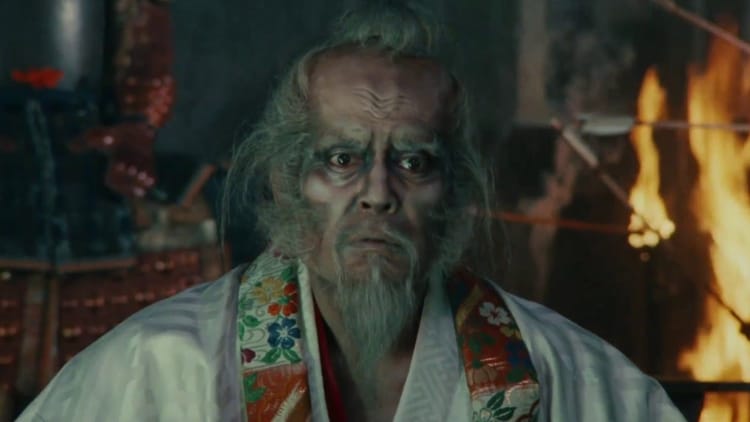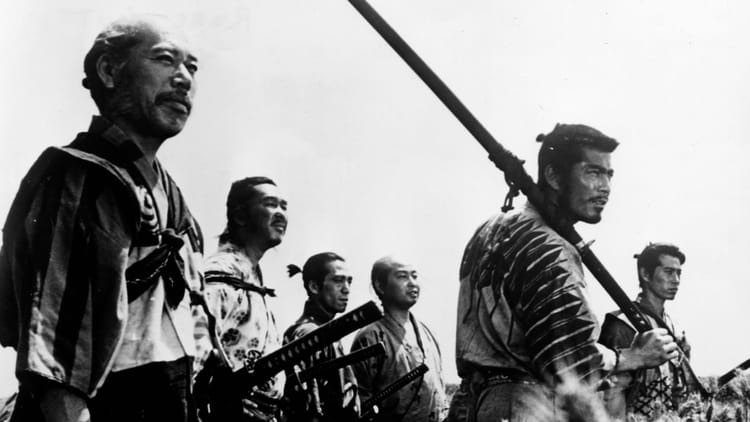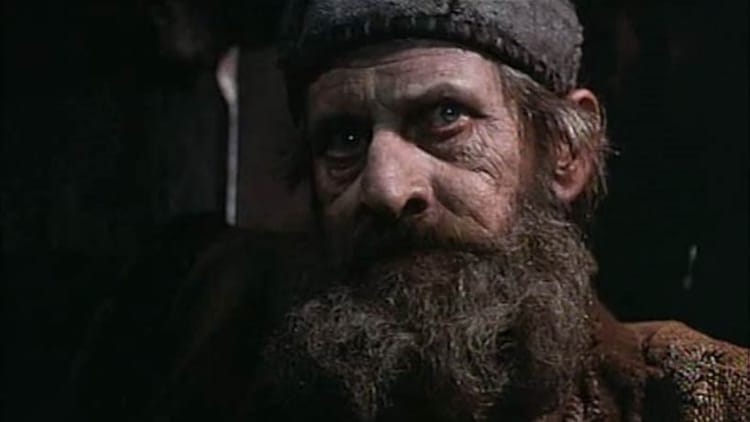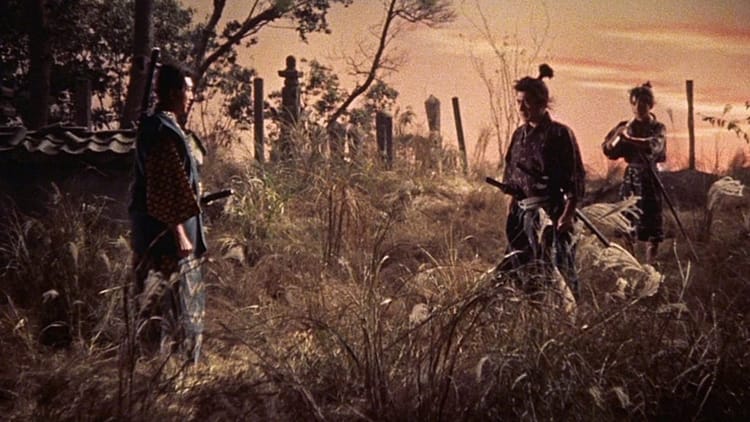The Sword of Doom

Kihachi Okamoto’s The Sword of Doom is a deep dive into the abyss, a violent journey that slices through traditional heroism like a razor-sharp blade. Released in 1966, this film ain’t for the faint of heart. It tracks the nihilistic swordsman Ryunosuke Tsukue (Tatsuya Nakadai) as he carves a path of destruction, from offing a defenseless old man to his final, frenzied massacre.
The story’s based on Kaizan Nakazato’s serialized novel, Daibosatsu Toge (The Great Bodhisattva Pass), which ran in newspapers from 1913 to 1944. It’s deep, man, rooted in Mahayana Buddhism, all about karma and destiny.
Ryunosuke Tsukue ain’t your average hero. He’s a mix of everything, a jumble of contradictions. Tatsuya Nakadai nails it, bringing Ryunosuke to life with a deadly calm and devilish unpredictability. He’s like a force of nature, man, unstoppable and unknowable.
Study the sword to study the soul, you fool... an evil mind makes an evil sword.
The film’s got style for days. Every frame, every movement, it’s all meticulous, crafted with precision that mirrors Ryunosuke’s swordsmanship. But there’s something deeper here, something mysterious and unknowable.
This ain’t just a flick about violence; it’s a meditation on evil. Ryunosuke’s a dude consumed by darkness, a fallen angel caught in a web he can’t escape. He’s both victim and perpetrator, a figure of intense fascination and horror.
Okamoto’s movie is a sight to behold, a mix of violence and beauty that’ll knock you off your feet. From tense stand-offs to epic bloodbaths, every scene’s a work of art, every frame packed with meaning.
In the end, The Sword of Doom ain’t something you can sum up with a few words. It’s a journey into the heart of darkness, a study of evil and its consequences.





